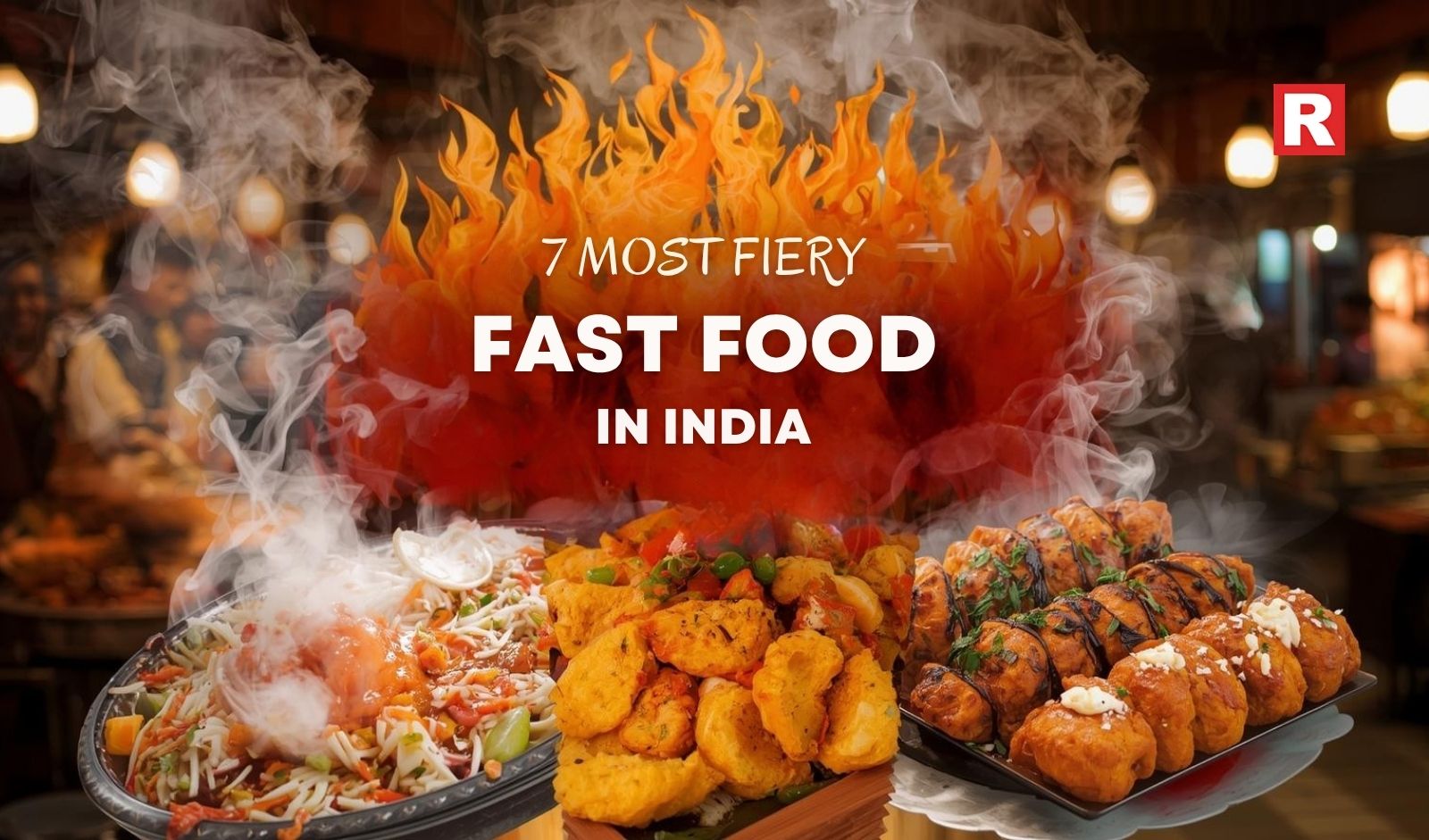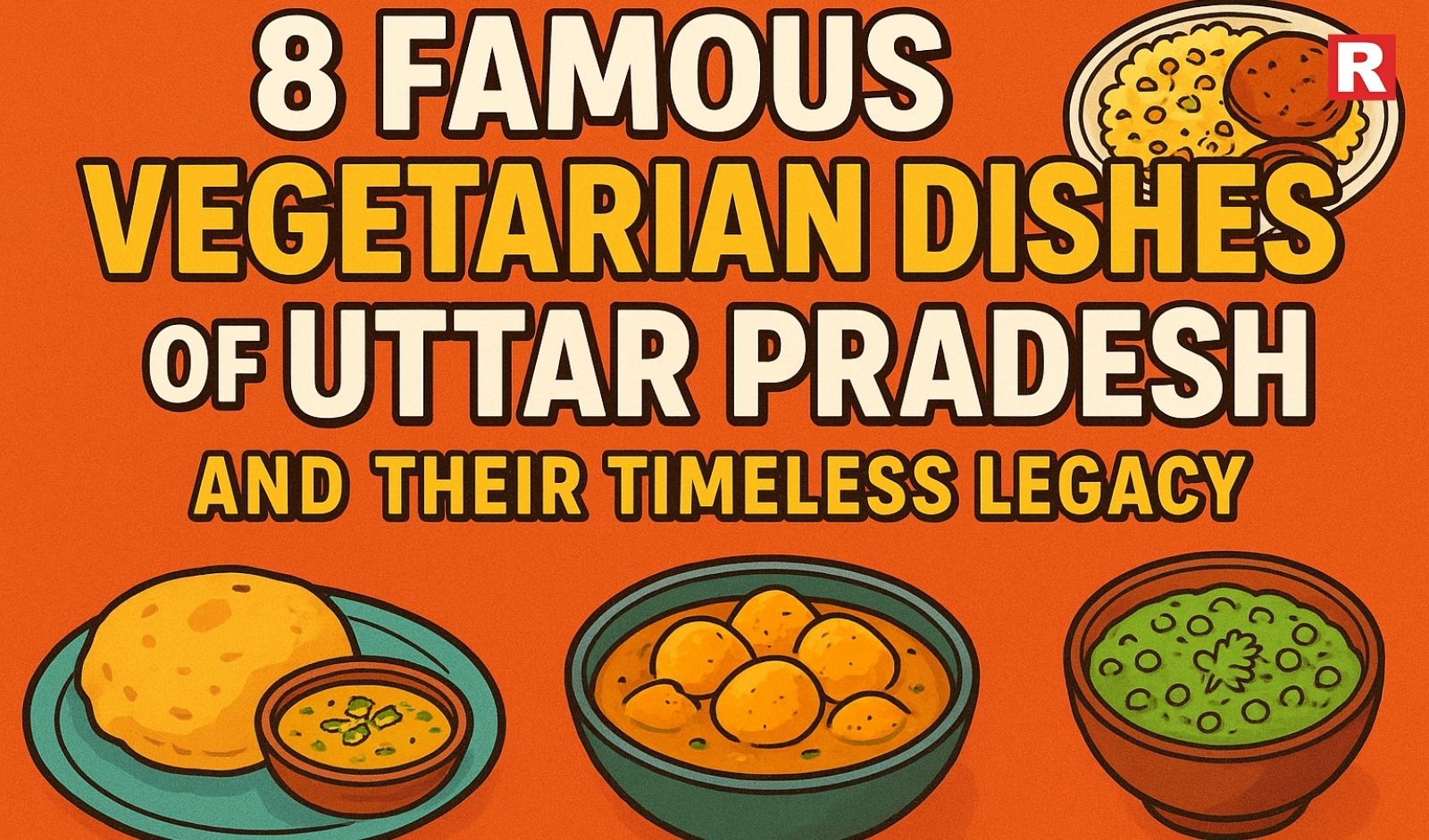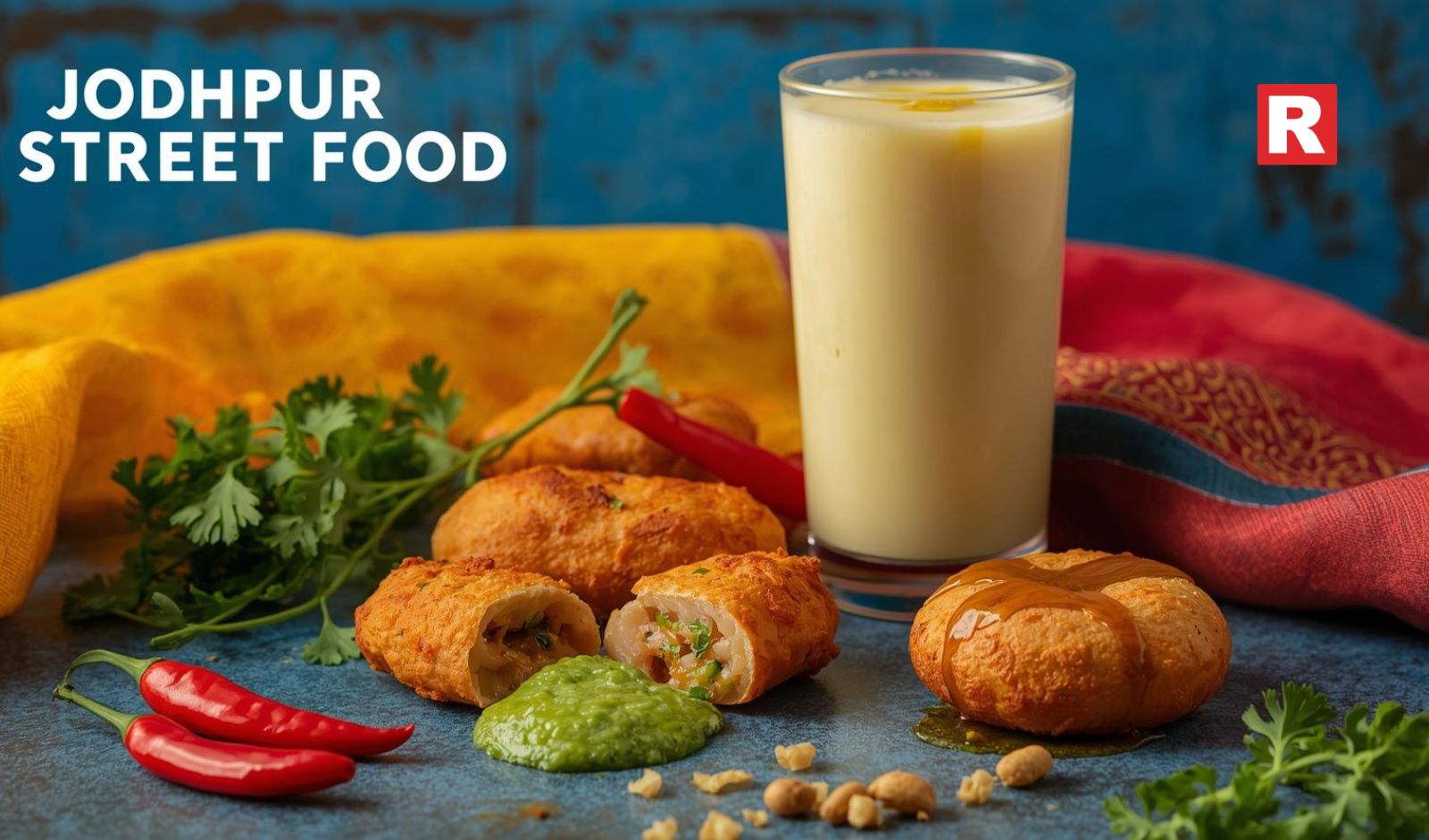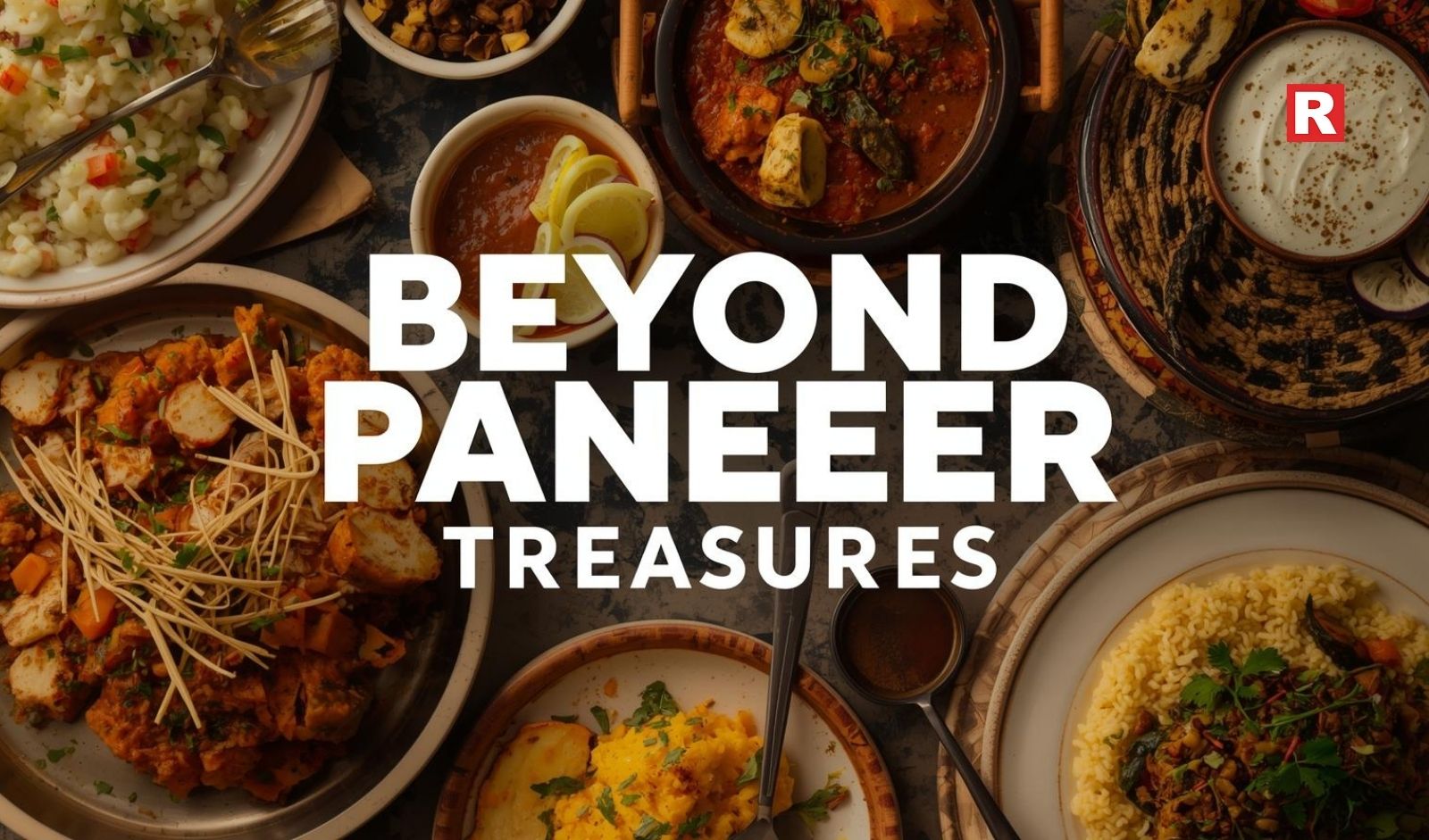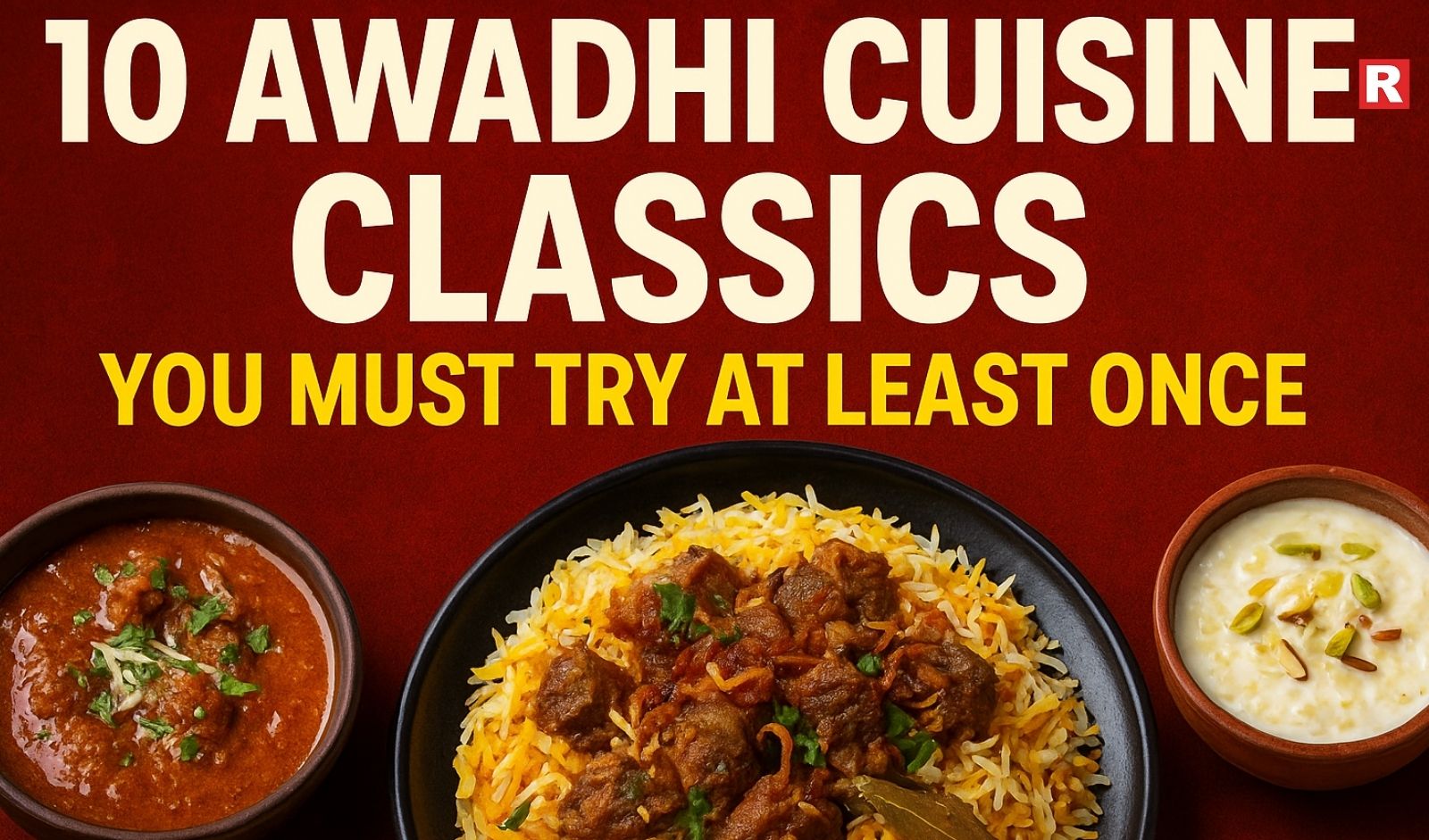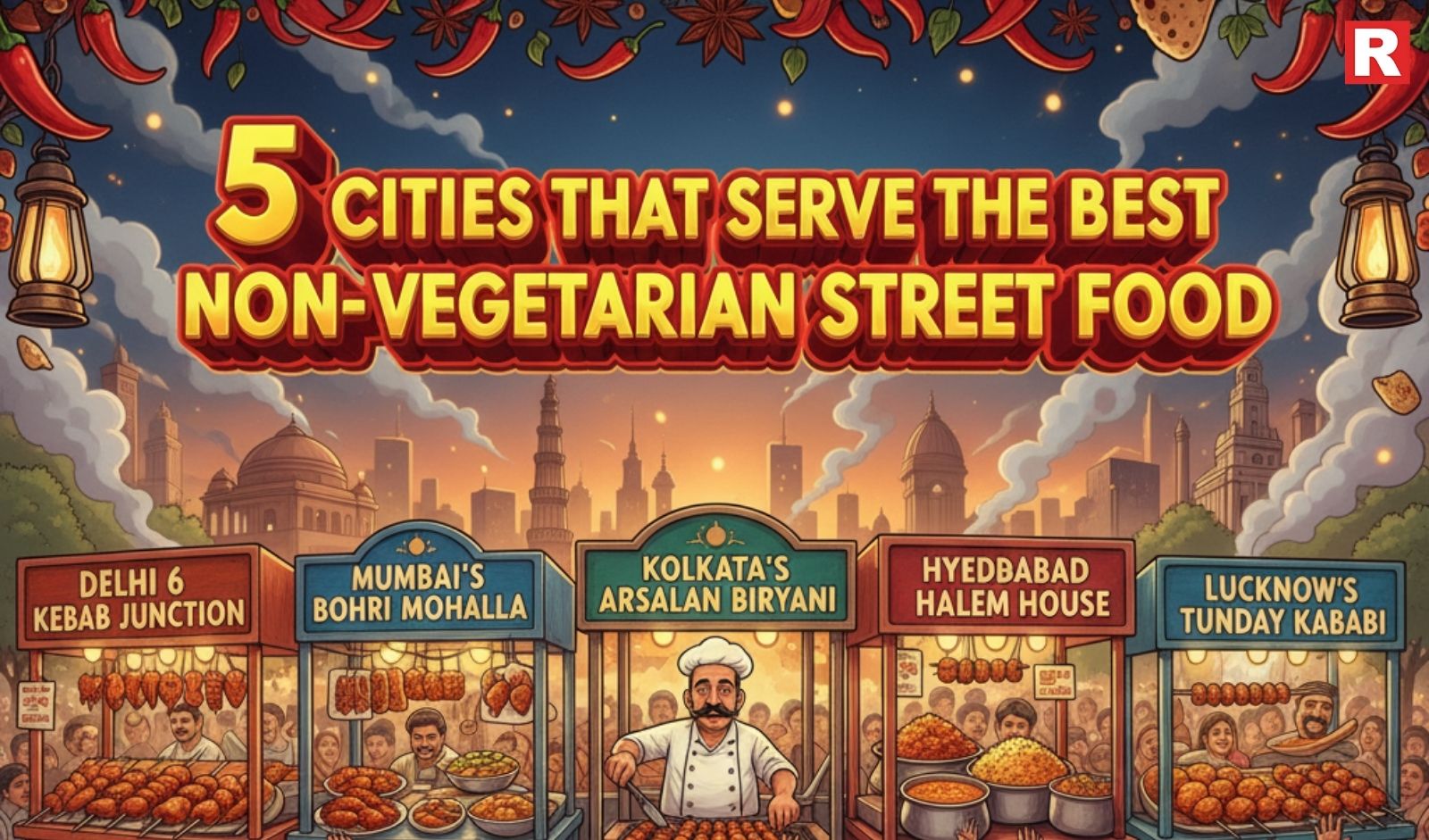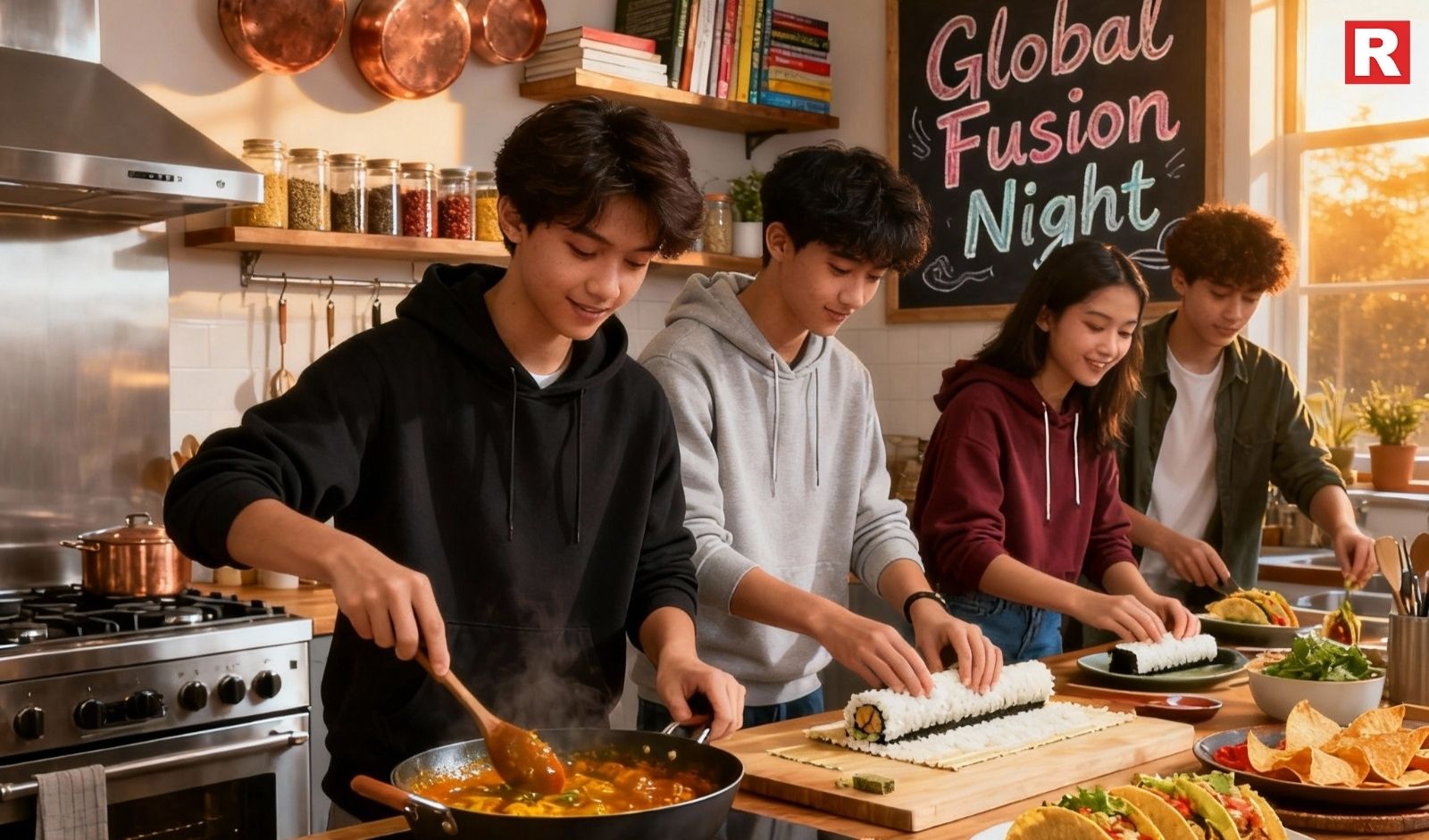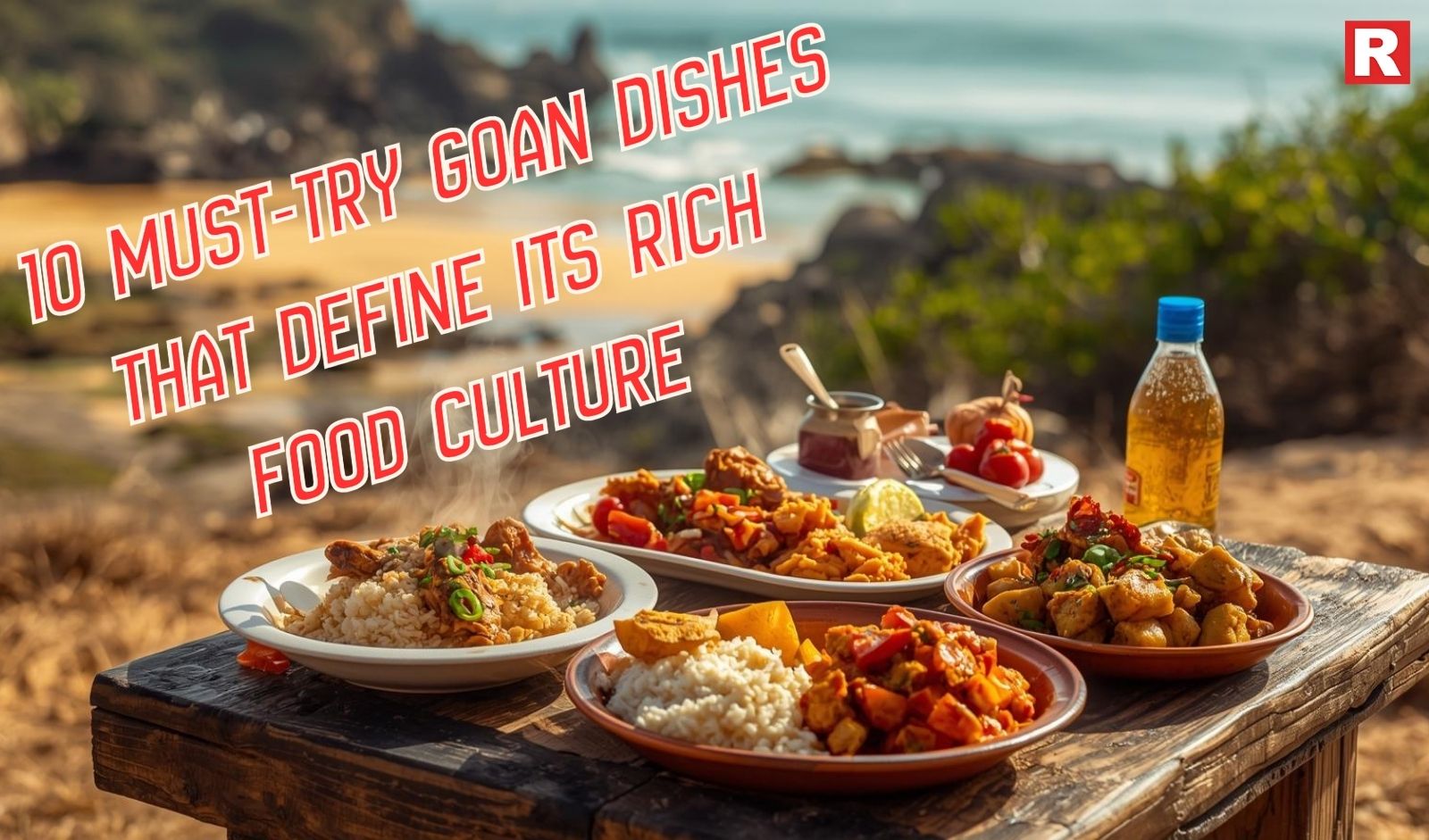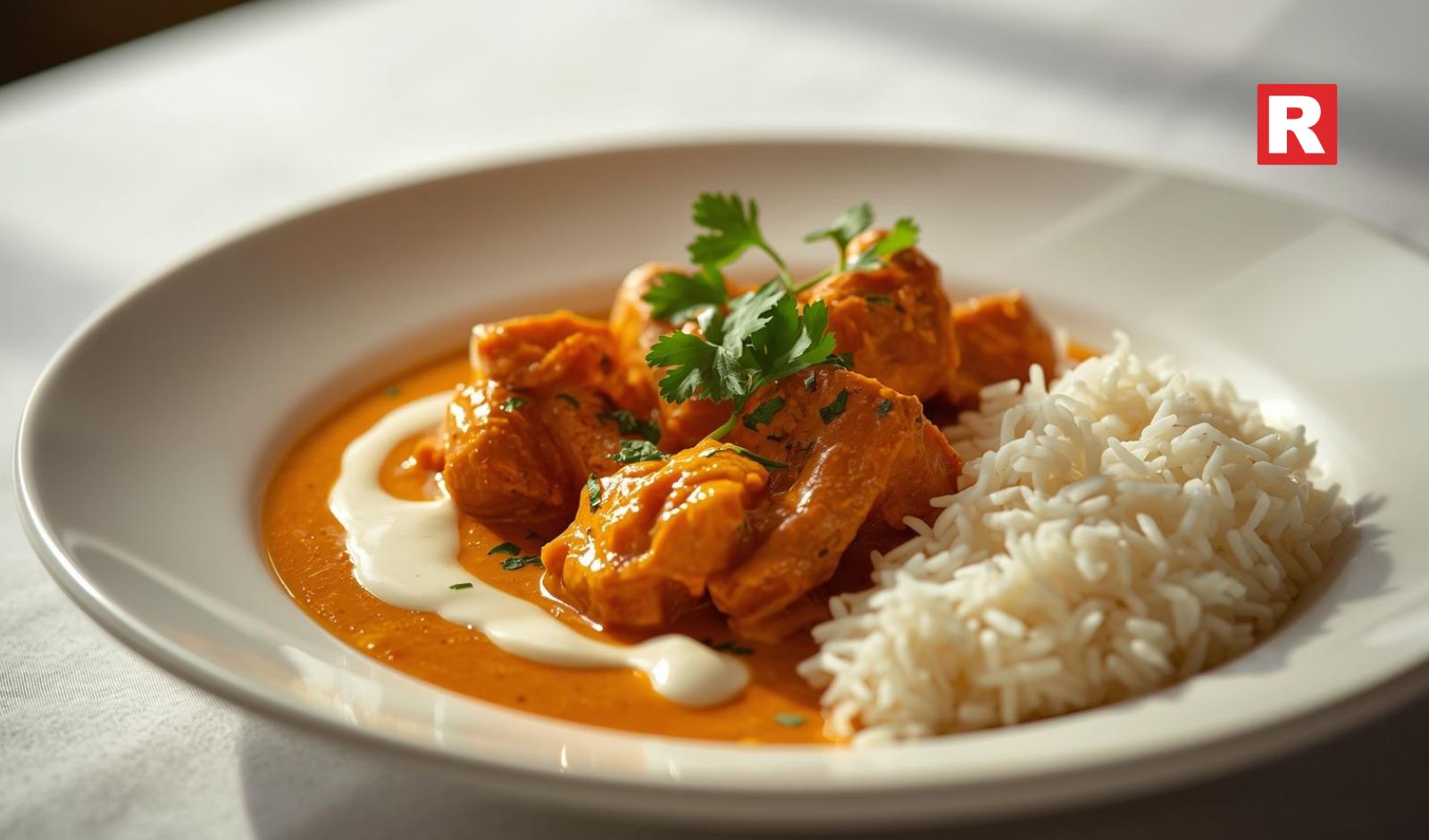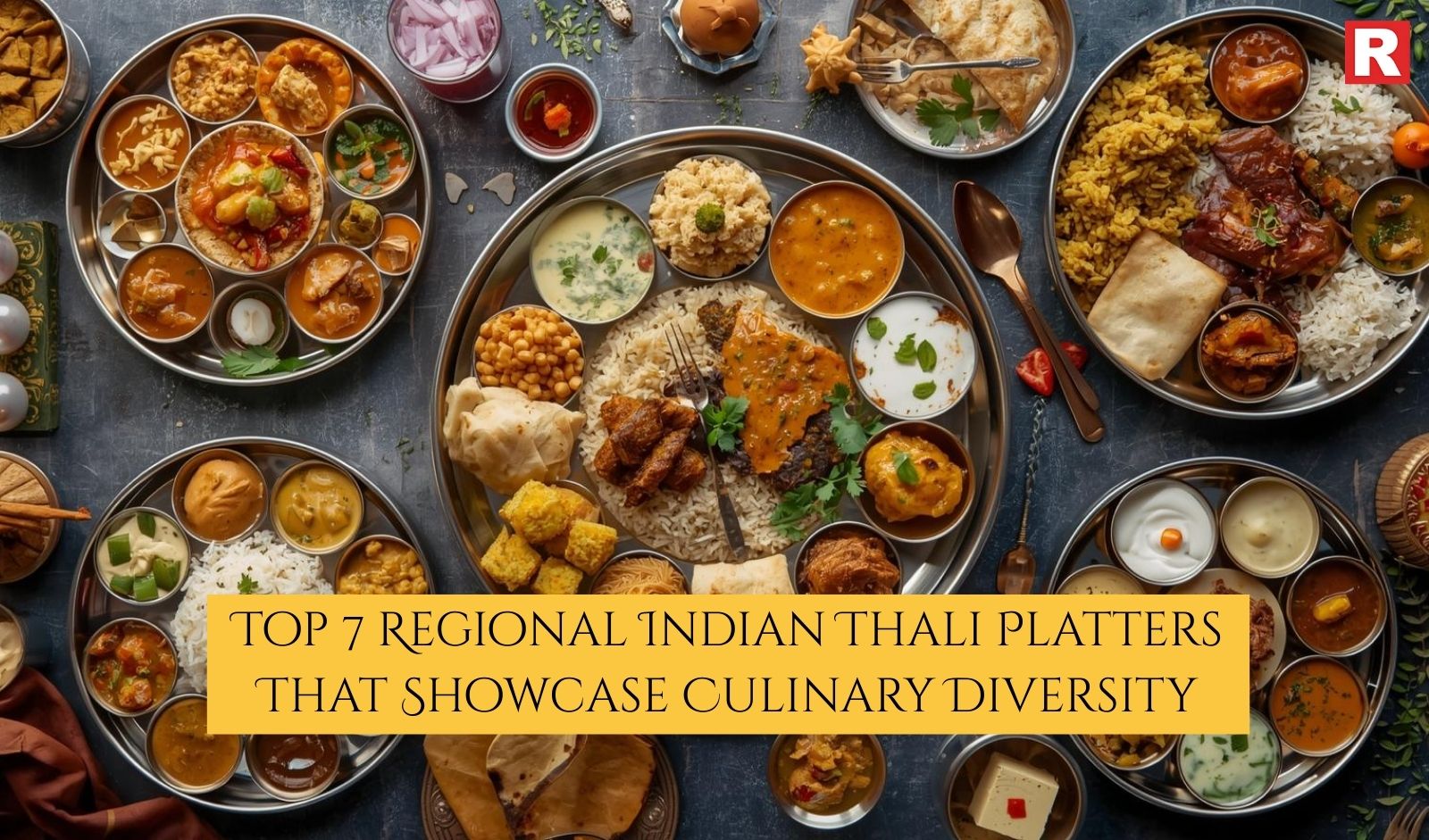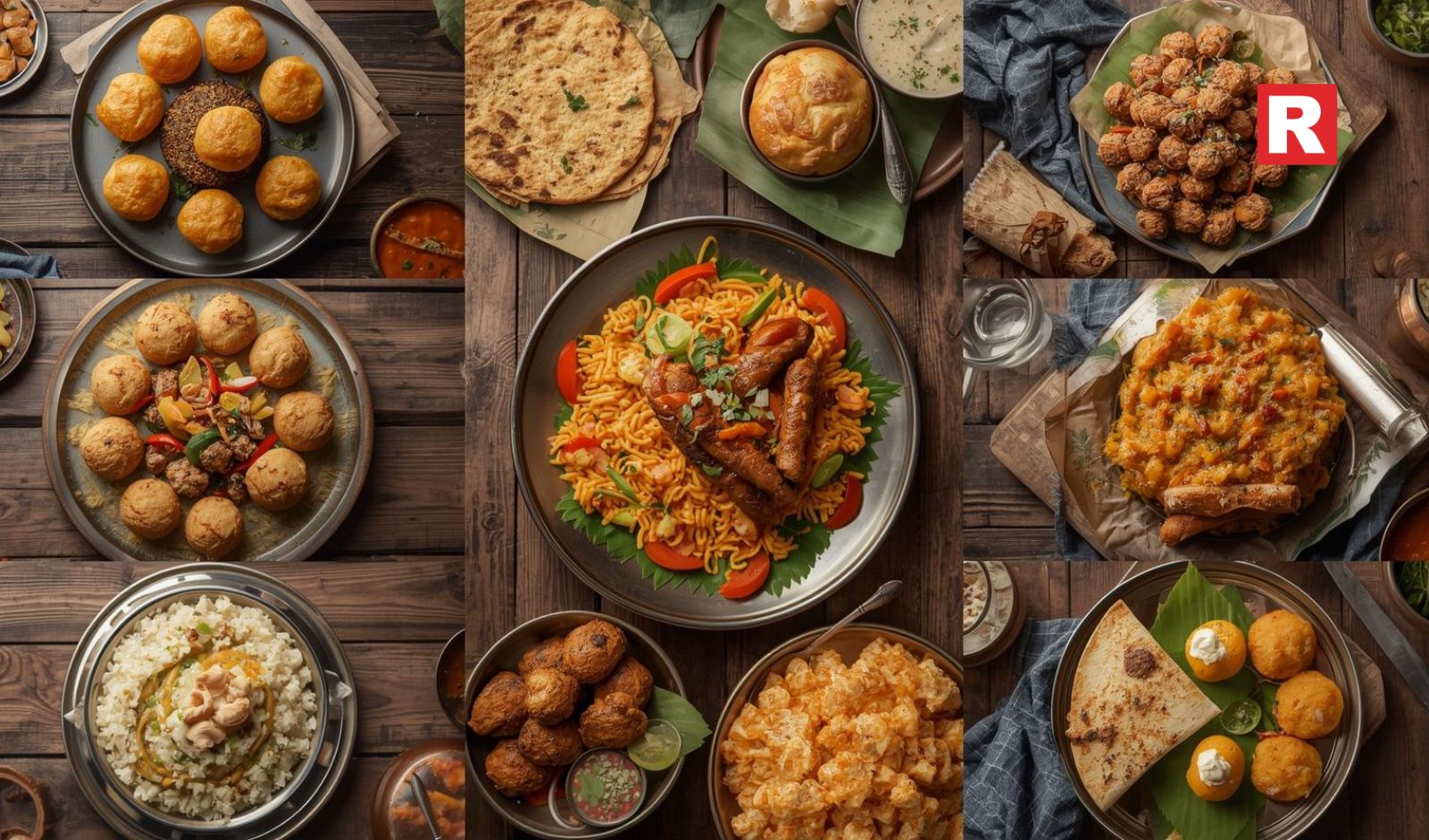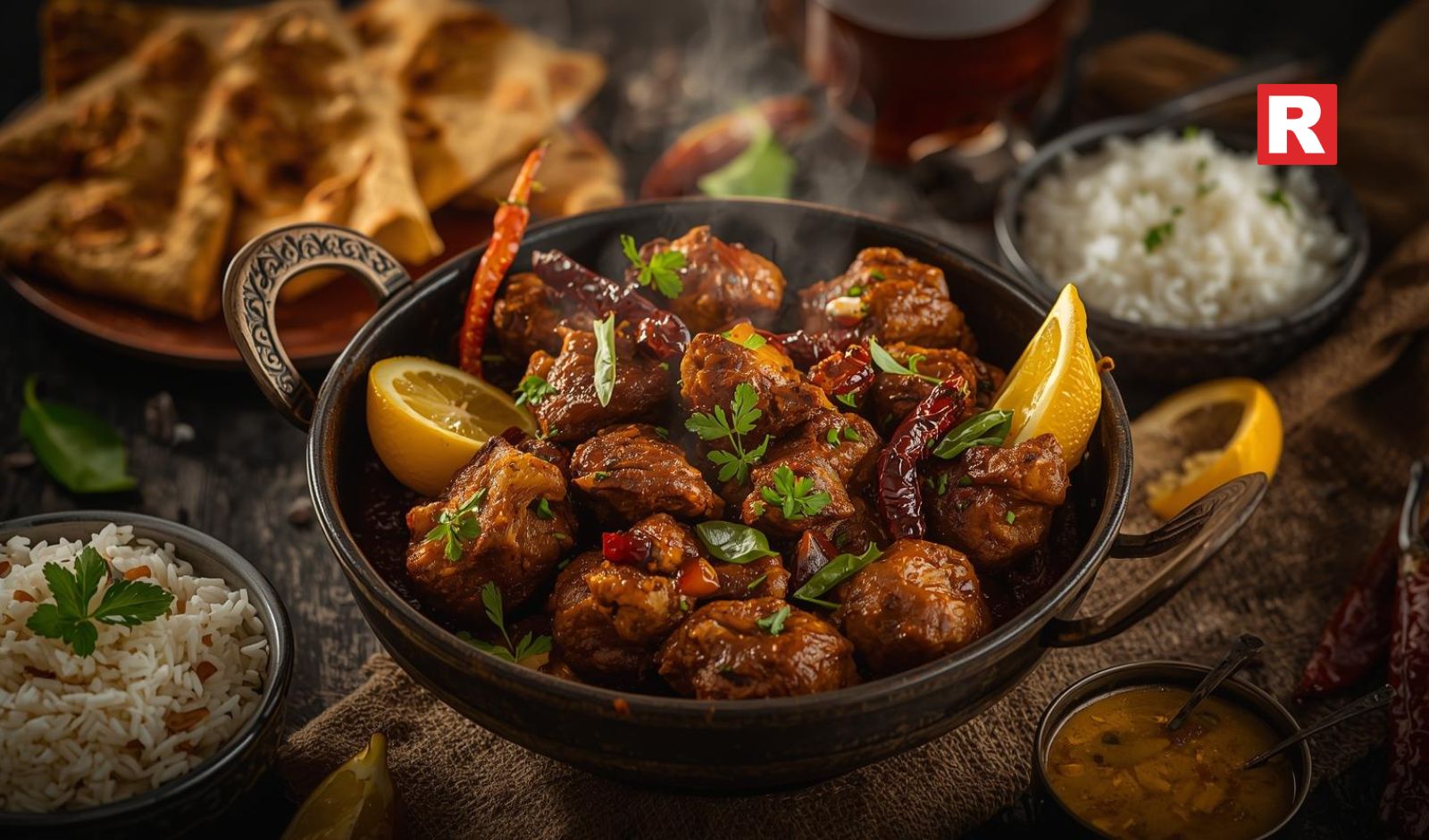These foods are not for the weak of heart, so forget about etiquette. It's the type of spice that makes your eyes wet, your nose run, and your…
Vegetarian food in Uttar Pradesh is more than just a menu of dishes. It is a mirror of the state’s history, spirituality, and everyday life.
Relish 10 famous Jodhpur street foods — from Mirchi Vada to Makhania Lassi — that every foodie must try for a true taste of Rajasthan.
For far too long, Indian vegetarian cuisine has been seen narrowly in many restaurants, frequently restricting the dining experience to a few well-…
Awadhi cuisine represents history, culture, and royal traditions on a single plate. Each dish carries the essence of centuries-old cooking methods…
Each city carries its own legacy. Lucknow’s kebabs melt in the mouth, Hyderabad’s meats are rich with spice, Kolkata’s rolls pack bold flavours,…
Modern Indian cuisine is all about deliberated complexity and honoring tradition while adding the additional flavor layering to create a journey…
Food today is less about rules and more about freedom. It is about mixing, matching, and enjoying. Fusion flavours have created a new way for people…
Goa is more than a place for sun, sand, and sea. It is a land where food speaks of history, culture, and people. Each dish tells a story, whether it…
Butter Chicken Recipe: Loved across fine dining, casual eateries, and even QSR chains, Butter Chicken has become a global ambassador of Indian…
The diversity of Indian thalis proves that food is more than survival—it is identity, tradition, and celebration. Every state in India has its own…
India's cities each use street food to tell their stories, from the fiery chaats of Delhi to the vada pav of Mumbai and the royal kebabs of…
As Indians travel more and enjoy greater disposable income, their appetite for discovering these lesser-explored cuisines will only grow.
Mutton Chukka, or Mutton Sukka, is a spicy South Indian dish made with tender mutton that is slowly cooked with strong spices and then roasted until…
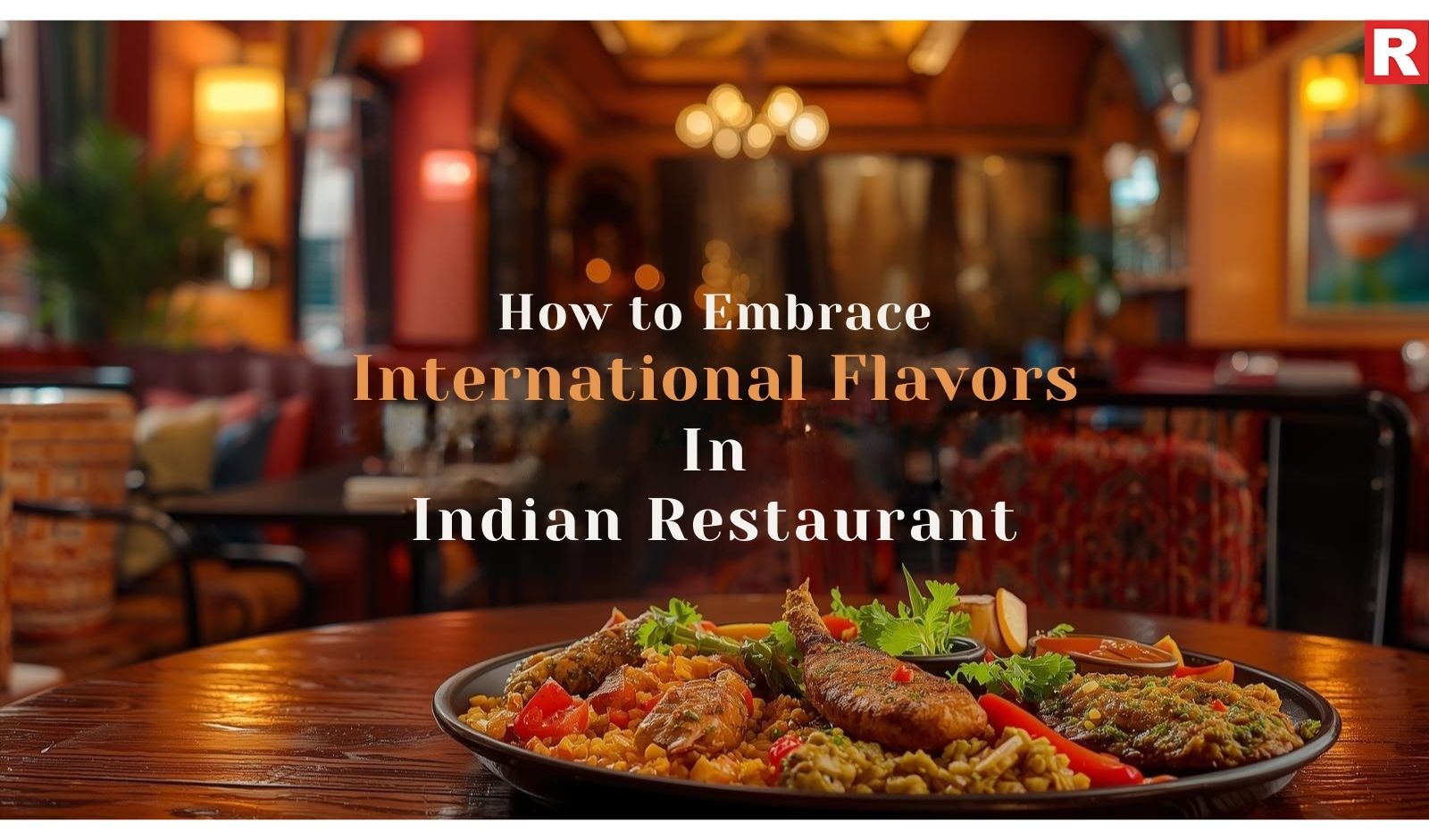
Embracing international cuisines in an Indian restaurant strategically and creatively is the key to being modern, drawing in a new customer base, and…
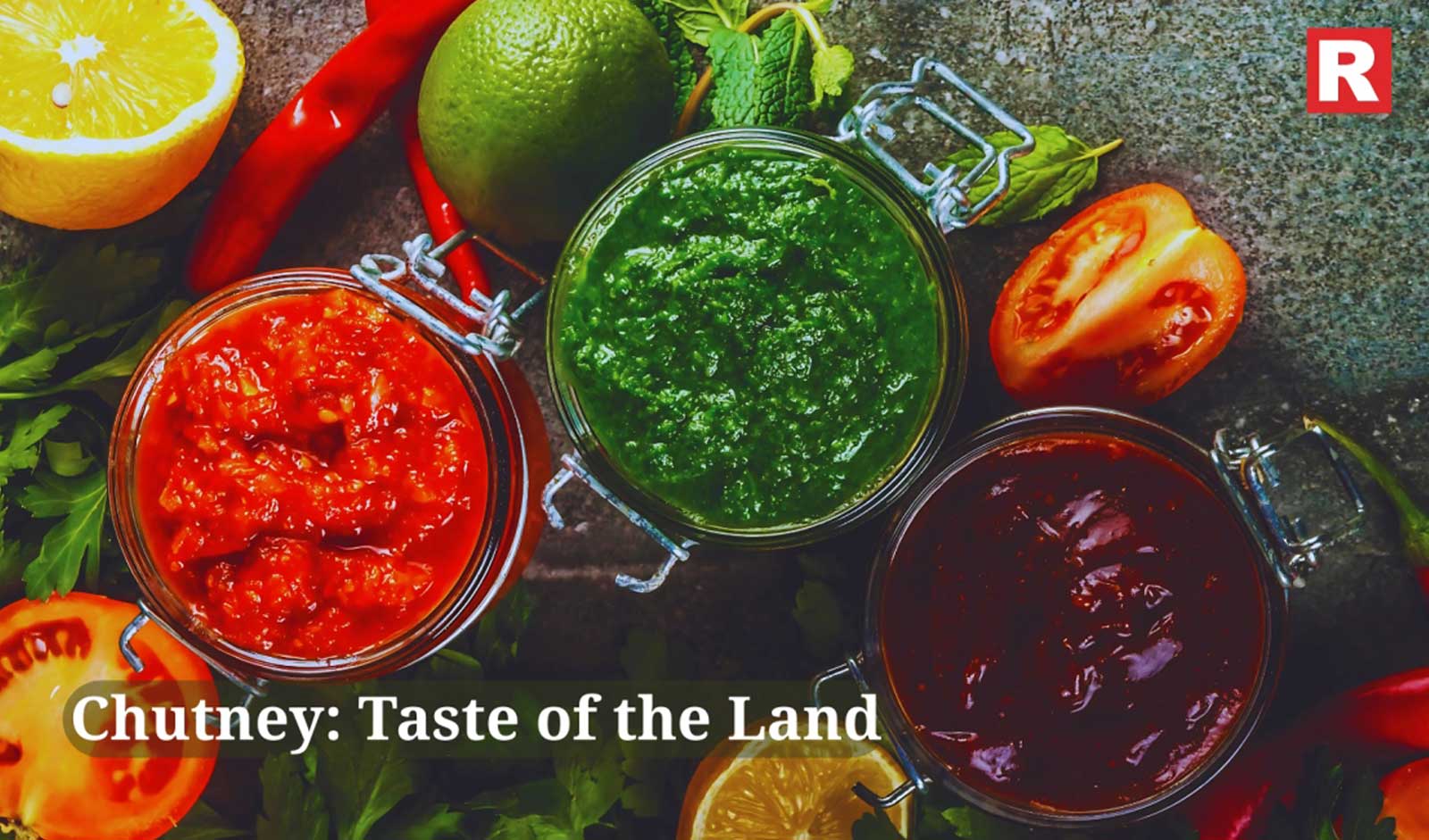
From Kashmir to Kanyakumari, chutneys change their ingredients, textures, and stories. But one thing remains constant: their ability to bring people…
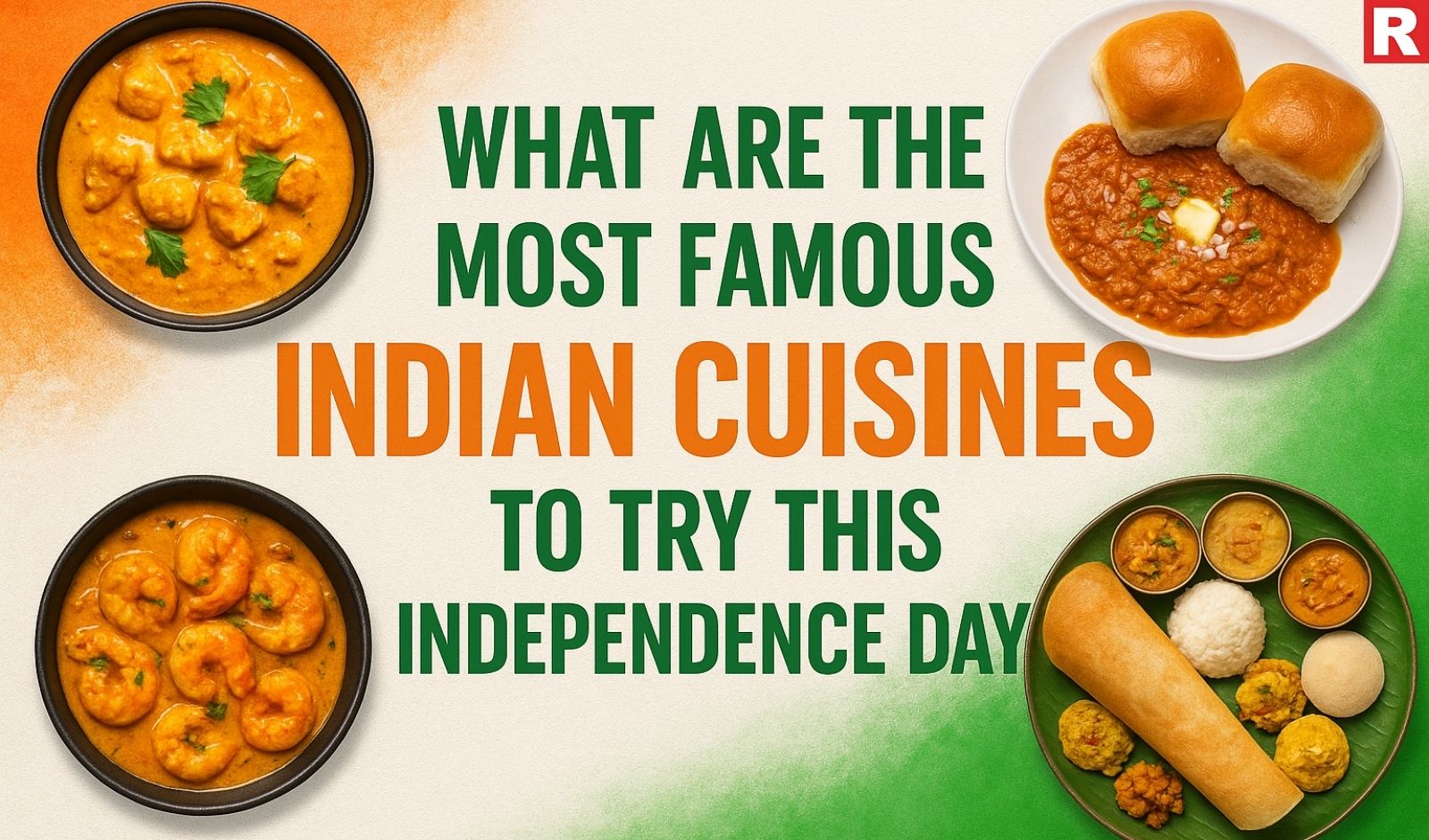
Independence Day is about remembering our roots. Food brings people together, just like the freedom movement did.
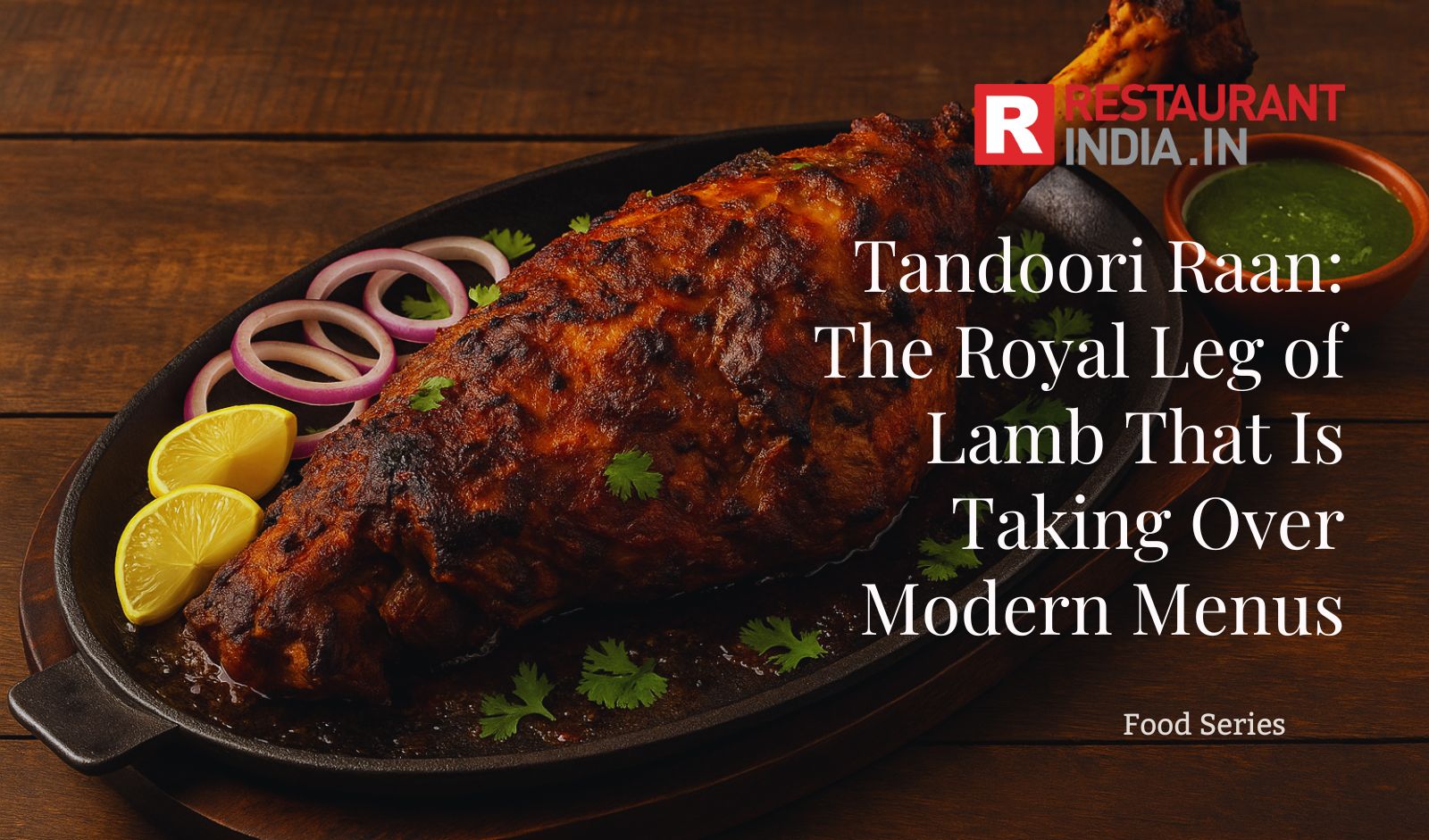
Tandoori Raan: Find out about the 400-year-old royal recipe, new twists on it, and why this amazing leg of lamb is becoming the most popular dish on…

In the ever-changing culinary world, staying ahead of other restaurants requires not just mastering traditional flavors but also embracing new and…
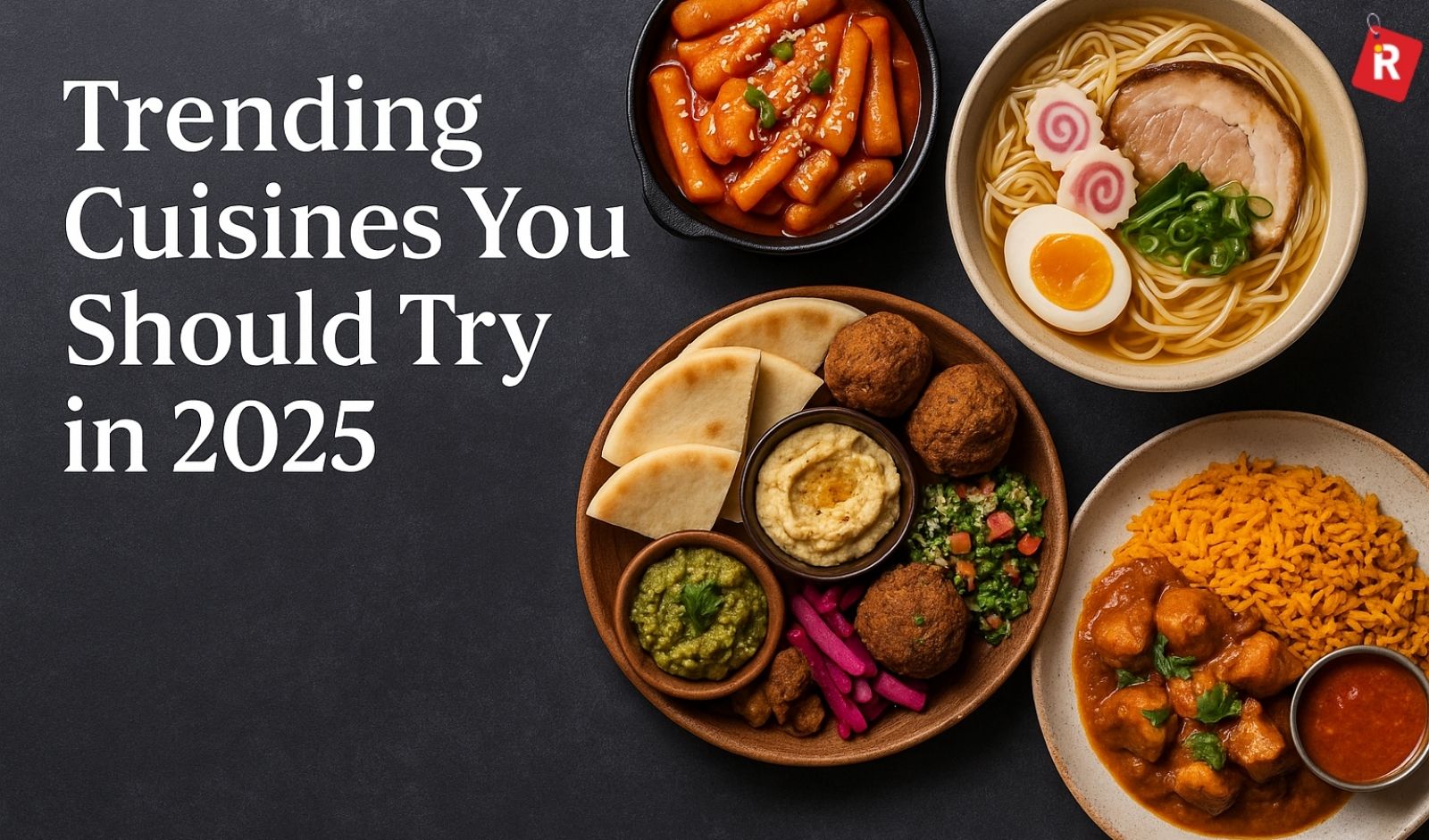
Every meal is becoming an adventure. People now see food as a way to travel without leaving home.

In India, fasting is much more than simply avoiding eating; it is a highly valued spiritual and cultural custom that is observed for a number of…

The appetizer serves as the foundation for that important first impression. Appetizers, often called starters or hors d'oeuvres, are small,…

While the country’s street food culture is active everywhere, Rajasthan still has its own story to tell through its street food. There is more to…

The North East is gradually gaining attention as foodies and refined eaters in different places look for more genuine and distinctive culinary…
Copyright © 2009 - 2025 Restaurant India.





